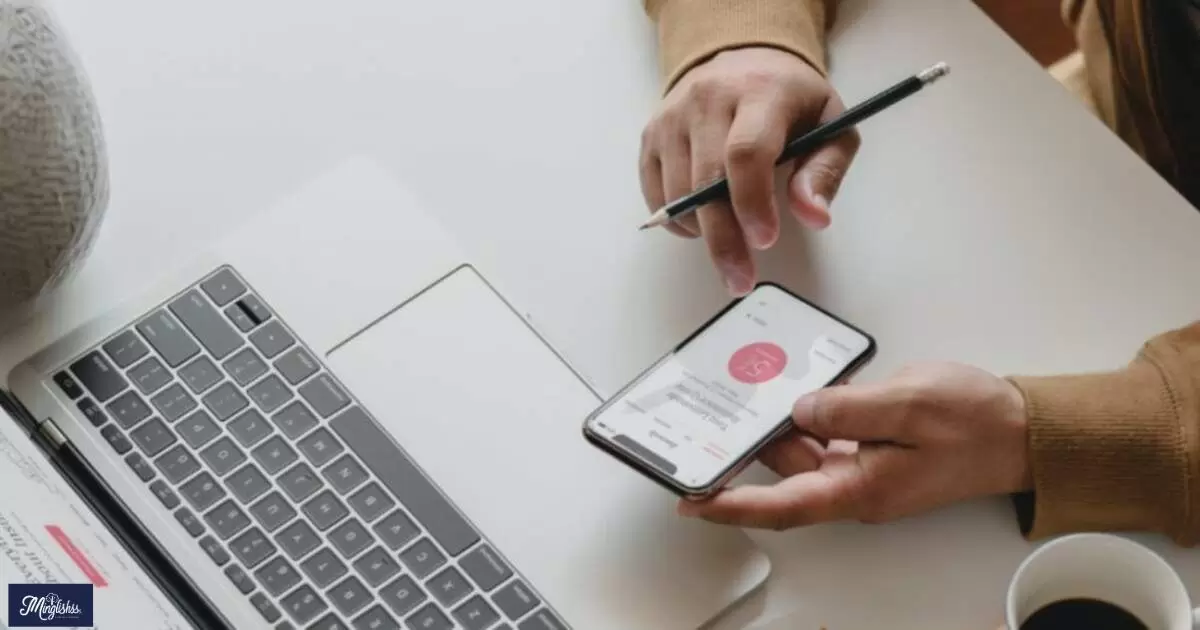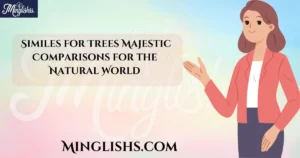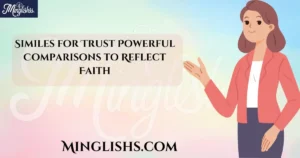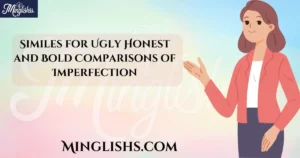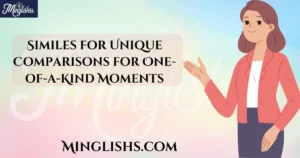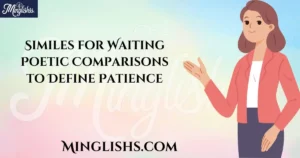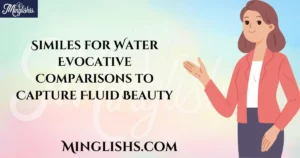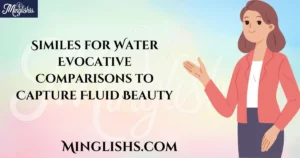“I look forward to staying connected with you.”
Maintaining professional relationships is crucial in many fields, and expressing a desire to stay in contact is an important part of this process. The phrase “Let’s keep in touch” is commonly used but might not always convey the level of formality or professionalism required in certain situations. By using more formal expressions, you can ensure that your communication remains respectful and suitable for various professional contexts.
Using the right phrase to indicate ongoing communication can help reinforce your professional network and ensure that your interactions remain positive and productive. This guide provides a range of formal alternatives to “Let’s keep in touch,” offering options for various professional scenarios.
25 Formal Alternatives to “Let’s Keep in Touch”
1. “I look forward to continuing our communication.”
Scenario: When concluding a meeting or project discussion.
Explanation: Conveys eagerness to maintain ongoing communication in a professional manner.
Additional Tip: Suitable for concluding professional interactions where future communication is anticipated.
2. “I am eager to maintain our correspondence.”
Scenario: After an initial meeting or introduction.
Explanation: Indicates a strong interest in continuing the exchange of information or ideas.
Additional Tip: Use this phrase to emphasize your enthusiasm for ongoing communication.
3. “I hope to stay in contact with you moving forward.”
Scenario: When discussing future collaboration or networking.
Explanation: Suggests an intention to maintain contact in a formal yet friendly tone.
Additional Tip: Ideal for scenarios where you want to express an ongoing interest in the relationship.
4. “Please let me know if you would like to stay connected.”
Scenario: When offering the opportunity for future communication.
Explanation: Politely invites the other party to indicate their preference for staying in touch.
Additional Tip: Useful when you want to ensure mutual interest in continued communication.
5. “I would appreciate the opportunity to keep our dialogue open.”
Scenario: When ending a discussion or negotiation.
Explanation: Shows a formal commitment to maintaining an open line of communication.
Additional Tip: Effective in formal negotiations or business discussions.
6. “I am keen to continue our discussions in the future.”
Scenario: After a productive conversation or meeting.
Explanation: Expresses a strong interest in further discussions or collaboration.
Additional Tip: Use this to indicate a genuine desire to build on the current interaction.
7. “Let us ensure we remain in contact.”
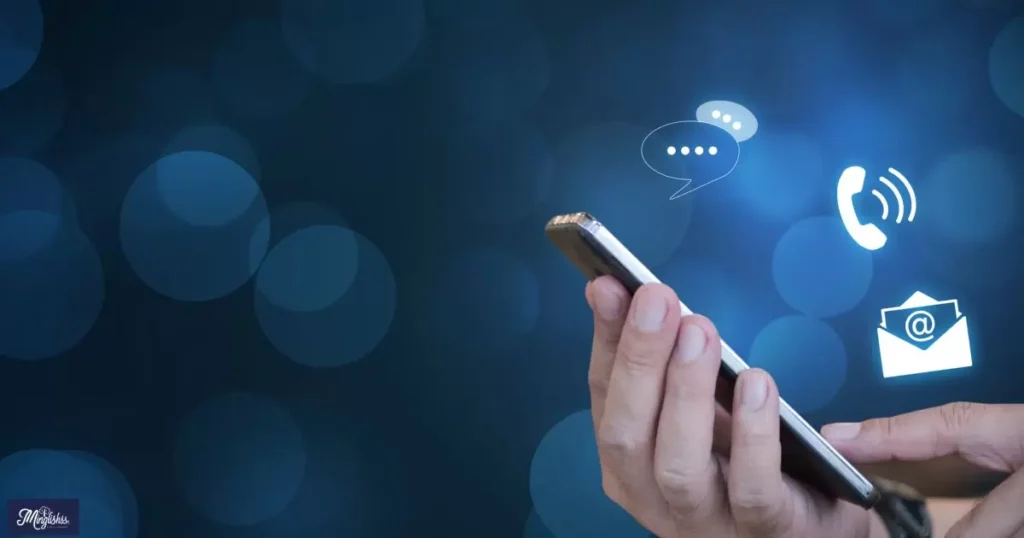
Scenario: When concluding a professional event or meeting.
Explanation: Emphasizes the importance of maintaining communication.
Additional Tip: Suitable for professional settings where ongoing contact is essential.
8. “I look forward to our future interactions.”
Scenario: When expressing interest in future meetings or collaborations.
Explanation: Conveys anticipation and enthusiasm for future engagements.
Additional Tip: Ideal for scenarios where you want to reinforce your commitment to future interactions.
9. “I would like to continue our professional relationship.”
Scenario: After a successful networking event or project.
Explanation: Indicates a desire to maintain a formal professional relationship.
Additional Tip: Use this phrase to reinforce the importance of ongoing professional ties.
10. “I am interested in keeping our lines of communication open.”
Scenario: When concluding a discussion on a collaborative project.
Explanation: Shows a formal commitment to ongoing communication.
Additional Tip: Effective in collaborative or team settings.
11. “I am looking forward to our continued correspondence.”
Scenario: When ending an email or letter with the intention of future communication.
Explanation: Conveys a formal and positive expectation for continued interaction.
Additional Tip: Ideal for formal correspondence or professional emails.
12. “Please feel free to reach out if you wish to stay in touch.”
Scenario: When providing an open invitation for future contact.
Explanation: Politely encourages ongoing communication.
Additional Tip: Useful in situations where you want to leave the door open for future contact.
13. “I anticipate our continued engagement.”
Scenario: When concluding a discussion about future projects or opportunities.
Explanation: Expresses a formal expectation of ongoing interaction.
Additional Tip: Effective in formal business environments or high-stakes discussions.
Formal Ways to Say “You Can Reach Me At”
14. “I hope we can maintain our professional connection.”
Scenario: After a business meeting or networking event.
Explanation: Indicates a desire to keep the professional relationship intact.
Additional Tip: Use this to emphasize the importance of preserving professional ties.
15. “I would value the opportunity to stay in touch.”
Scenario: When expressing a strong interest in ongoing communication.
Explanation: Shows appreciation for the relationship and a desire to maintain contact.
Additional Tip: Suitable for expressing sincere interest in continued interaction.
16. “I am committed to keeping our communication channels open.”
Scenario: When concluding a discussion on collaborative work.
Explanation: Conveys a formal commitment to ongoing communication.
Additional Tip: Ideal for professional settings where maintaining communication is crucial.
17. “I look forward to our future conversations.”
Scenario: When concluding a productive meeting or discussion.
Explanation: Expresses anticipation for future interactions.
Additional Tip: Use this to show enthusiasm for continued dialogue.
18. “I hope to continue our engagement going forward.”
Scenario: When expressing a desire for ongoing involvement.
Explanation: Indicates a commitment to maintaining the relationship.
Additional Tip: Effective for long-term projects or ongoing professional interactions.
19. “I am keen on continuing our professional dialogue.”
Scenario: After a meeting or project discussion.
Explanation: Shows a strong interest in maintaining professional communication.
Additional Tip: Use this to reinforce the importance of ongoing professional dialogue.
20. “Please let me know if you would like to keep in touch.”
Scenario: When ending a conversation or meeting with an open invitation.
Explanation: Politely offers the opportunity for future contact.
Additional Tip: Useful for ensuring mutual interest in continued communication.
21. “I am looking forward to maintaining our connection.”
Scenario: After a networking event or professional interaction.
Explanation: Conveys eagerness to sustain the professional relationship.
Additional Tip: Effective for follow-up communications after initial contact.
22. “I would be pleased to continue our correspondence.”
Scenario: When concluding a formal letter or email.
Explanation: Shows formal interest in ongoing communication.
Additional Tip: Ideal for formal business letters or professional emails.
23. “I am enthusiastic about keeping our contact active.”
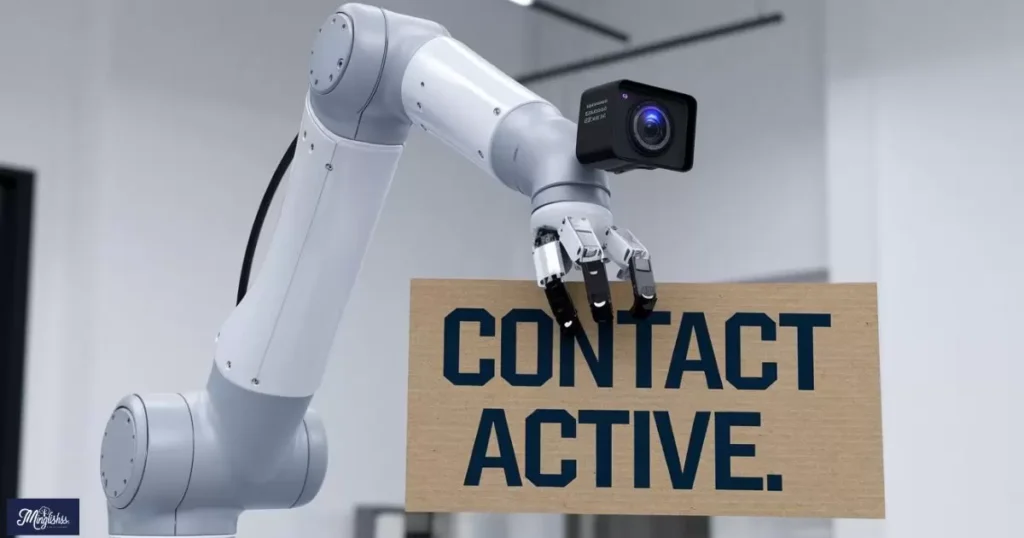
Scenario: When expressing excitement about future communication.
Explanation: Reflects a positive attitude towards ongoing interaction.
Additional Tip: Suitable for enthusiastic and forward-looking contexts.
24. “I hope to remain engaged with you.”
Scenario: When concluding a discussion about future opportunities.
Explanation: Indicates a desire to stay involved and maintain contact.
Additional Tip: Use this to express ongoing interest in professional engagement.
25. “I look forward to our continued partnership.”
Scenario: When concluding a business agreement or collaboration.
Explanation: Emphasizes the importance of maintaining a professional partnership.
Additional Tip: Ideal for formal business settings where ongoing collaboration is anticipated.
Pros and Cons Table
| Pros | Cons |
| Maintains professionalism: Ensures a formal and respectful tone. | May seem impersonal: Some phrases might come off as too formal or distant. |
| Encourages ongoing communication: Clearly indicates a desire to stay in touch. | Context-dependent: Requires careful selection to match the formality of the situation. |
| Shows commitment: Demonstrates a genuine interest in maintaining the relationship. | Potential for misunderstanding: Formal phrases may be misinterpreted if not used appropriately. |
| Variety of options: Provides different levels of formality to suit various contexts. | May need adaptation: Some phrases might need adjustment based on the recipient’s preferences. |
| Reinforces positive relationships: Helps build and maintain professional networks. | Can be overly formal: In some contexts, overly formal expressions might seem insincere. |
Conclusion
Selecting the right phrase to express a desire to stay in touch is important for maintaining professional relationships. Formal alternatives to “Let’s keep in touch” can help convey your intention clearly and respectfully, ensuring that your communication remains appropriate for various professional contexts.
By choosing the most suitable expression, you can reinforce your commitment to ongoing interaction and maintain positive and productive relationships.
Answer to key Question
Q1: Why should I use a formal phrase instead of “Let’s keep in touch”? A1: Formal phrases provide a more polished and professional tone, which may be more appropriate in certain business or professional contexts.
Q2: How do I choose the right formal phrase to use? A2: Consider the context of your communication and the level of formality required to select the most appropriate phrase.
Q3: Can using formal expressions seem too distant or insincere? A3: If used thoughtfully and in the right context, formal expressions can convey genuine interest and professionalism without seeming distant.
Q4: What if I need a less formal expression for a casual interaction? A4: In less formal settings, you can use slightly more casual expressions while still maintaining a respectful tone.
Q5: How can I ensure my communication remains warm and approachable? A5: Choose phrases that are respectful and positive, and consider the recipient’s preferences and the context of your interaction.

Hi, I’m Ethan Matthews: I make English easy with my clear and simple teaching style. I love helping learners feel confident in every lesson.
